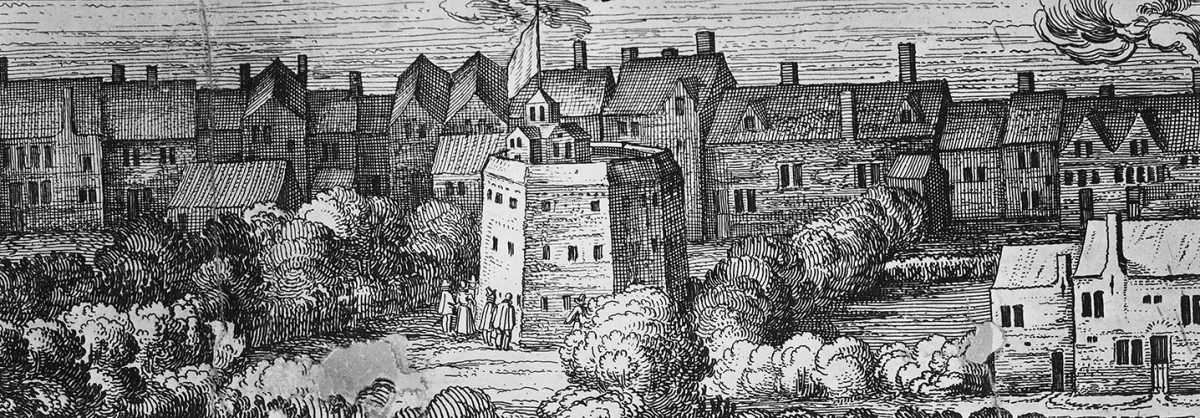When it comes to dream jobs in journalism, “travel writer” is usually pretty high on people’s lists. That’s because, well, you get to travel the world, stay in the finest hotels, eat the finest foods, and do it all in the name of the pen.
And apparently that held true for scribes in the 17th Century, too.
As Smithsonian notes, Celia Fiennes, a wealthy English woman, traveled the country on horseback in the late 1600s, writing about her adventures—one of the earliest known travel writers. She published a book based on her experiences in 1702.
But the travelogue was largely ignored. That is, until the late 19th century, when one of her descendants rediscovered her work and re-published it as Through England on a Side Saddle in the Time of William and Mary.
Per Smithsonian, the book is “part travelogue, part journal … [and] provides the reader insight into Fiennes herself, who by her own account was plain-spoken and decisive. She wrote that she begun traveling ‘to regain [her] health by variety and change of air and exercise.’ She wandered without a plan, going wherever struck her fancy.”
Places she visited and cataloged included Stonehenge and Bath, England. She even recounted nearly getting mugged.
The BBC fills in some of the blanks on Fiennes in the short video below.
This article was featured in the InsideHook newsletter. Sign up now.
























